
It really has become easier, but it's only temporary
It will not get worse, at least until the end of summer. Ukraine has already passed the most difficult period for the power system, according to Ukrenergo. And now there are all the prerequisites for shorter blackouts. Electricity consumption is gradually decreasing. For example, on Monday morning, the country's electricity needs were 6% lower than on the same day last week.
"We have every reason to expect that the most difficult period of the summer is over. We had a very difficult couple of weeks and now the situation has really improved. Therefore, instead of a complicated regime of 3-4 queues, we have 1-2, which are applied depending on the time. In some hours, the deficit may be less, in some hours it may be slightly higher. And in some hours, we even have the opportunity not to impose any restrictions," explained Volodymyr Kudrytskyy, Chairman of the Board of Ukrenergo.
The Ministry of Energy also claims that blackouts in the country have become shorter. There are several reasons for this: two more nuclear units have returned from scheduled maintenance over the past two weeks. And the end of July is not so hot anymore, at least the air temperature no longer jumps to 40 C or more.
"What power engineers are doing today is truly heroic. It's not just a matter of shortening the repair campaign. It is also necessary to reduce it in such a way that all nuclear and radiation safety requirements are met," said Energy Minister Herman Halushchenko.
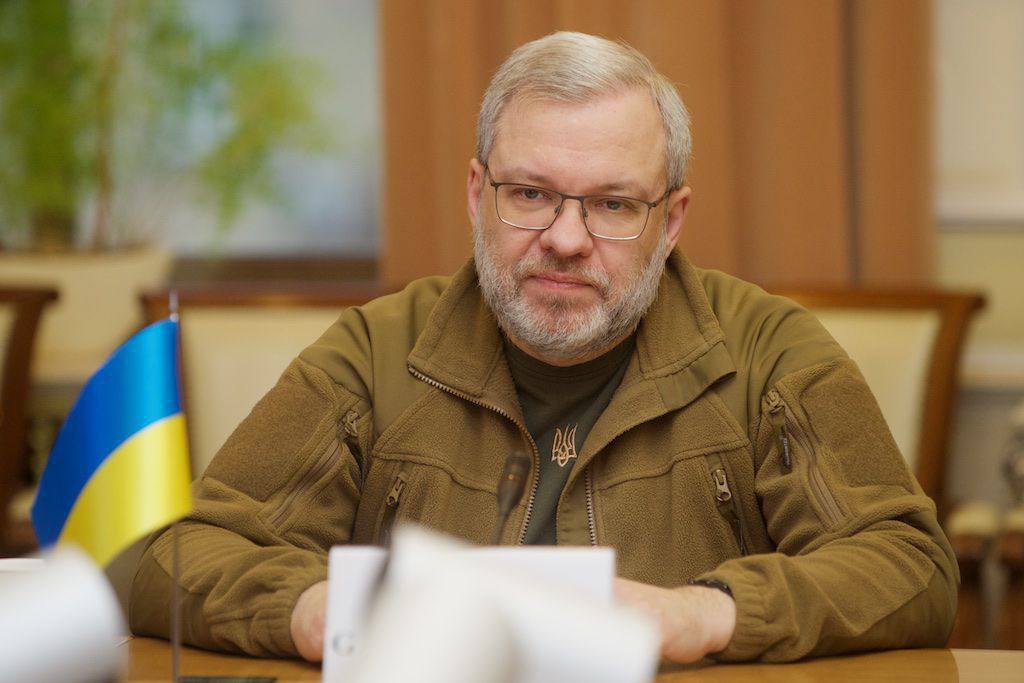
Only residents of the frontline areas and along the border with Russia and Belarus are guaranteed to have electricity, which is a 20-kilometre zone. The government explained that this is a matter of safety for local consumers. Ukrenergo supported the government's decision and assured that it would not critically affect the rest of the Regions.
Some electricity suppliers have started to change their blackout schedules. For example, in Kyiv, the schedule was shifted by an hour. The reason for such actions was explained by the power company in a rather vague manner.
"To ensure a uniform load on the power grid," said Yasno CEO Serhiy Kovalenko.
However, optimistic developments in the energy sector in the coming weeks also depend on whether Ukraine will be able to effectively repel Russia's new missile and drone attacks. Russians continue to target various facilities, with Ukrenergo's infrastructure in several Regions being damaged again in the last two weeks alone. The Russians also attacked one of the mines in Donetsk Region again.
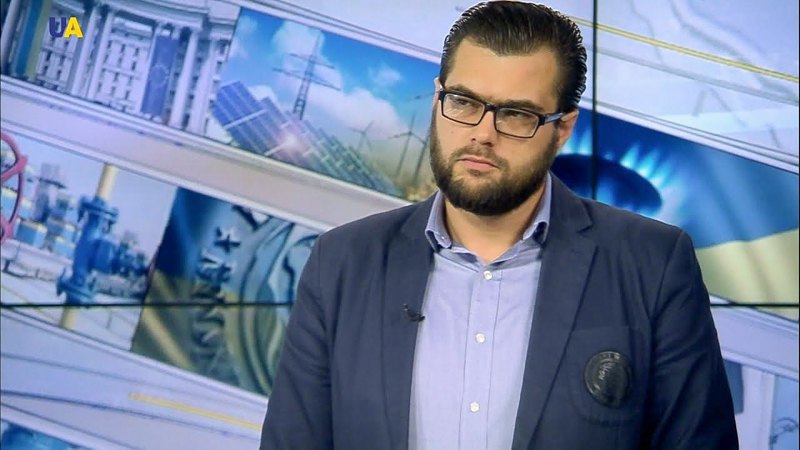
"It is likely that in September and October there will be periods when the shutdown schedules will not be applied at all. This is, of course, assuming there is no new shelling and no significant damage. But then the trend will reverse. Due to the cold snap, demand will grow, and in winter it will be a third higher than in summer. In winter, the return from solar power plants, which now account for almost a fifth of the grid load, will be minimal," warned Andrian Prokip, an energy expert at the Ukrainian Institute for the Future.
Problems and misunderstandings in nuclear generation
The Russians are shelling not only generation facilities, such as thermal power plants, but also electricity transmission lines. The Kremlin continues to pursue the tactic of total destruction. It is trying to unbalance the Ukrainian energy system and thus provoke a blackout across the country. However, thanks to the work of Ukraine's air defence and the professionalism of the energy sector, there are no prerequisites for this.
But Russian attacks do not go without consequences. Due to damage to Ukrenergo's trunk power grids, one of its generation facilities is limiting electricity production, the government has admitted.
"Unfortunately, we cannot fully produce certain generation now. These restrictions were caused by missile and drone strikes," Energy Minister Herman Halushchenko said.
The official did not say which generation facility he was referring to. More information was released by the International Atomic Energy Agency (IAEA). They noted that in mid-July, the third unit of the Rivne nuclear power plant was connected to the grid after scheduled repairs. But it cannot operate at full capacity.
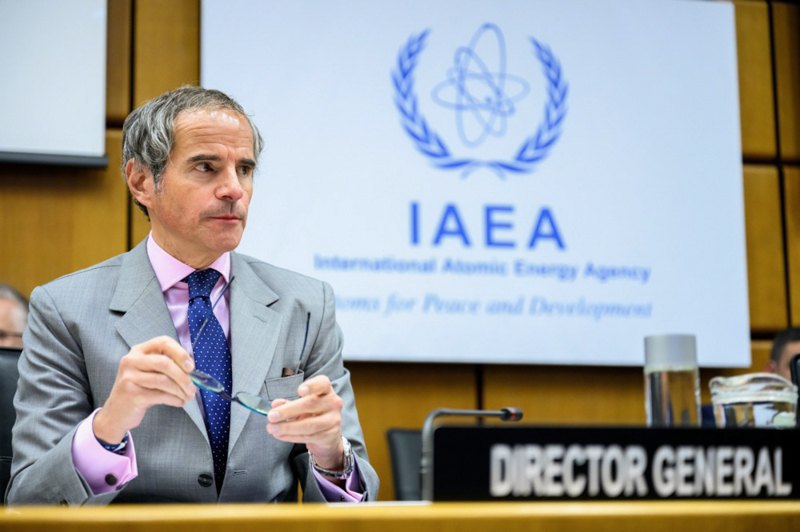
"I remain very concerned about the vulnerability of the power grid across Ukraine. To ensure nuclear safety at all nuclear power plants, it is important that the power grid remains stable everywhere," said IAEA Director General Rafael Grossi.
The International Atomic Energy Agency also officially confirmed the incident that occurred at the South Ukrainian NPP in mid-July. The organisation's experts noted that due to a breakdown of one of the transformers, nuclear unit 2 was briefly disconnected from the grid.
"After the electrical connection was restored, the reactor restarted and began feeding electricity to the grid about 17 hours later, reaching full capacity a little more than 24 hours after the shutdown," the IAEA said in a statement.
The incident in no way posed a threat to nuclear safety at the nuclear power plant. Ukrainian experts controlled the situation and acted professionally.
At the same time, the government continues to stubbornly call the information about the incident at the South Ukrainian NPP a lie. They claim that the news was allegedly first reported by Russian sources.
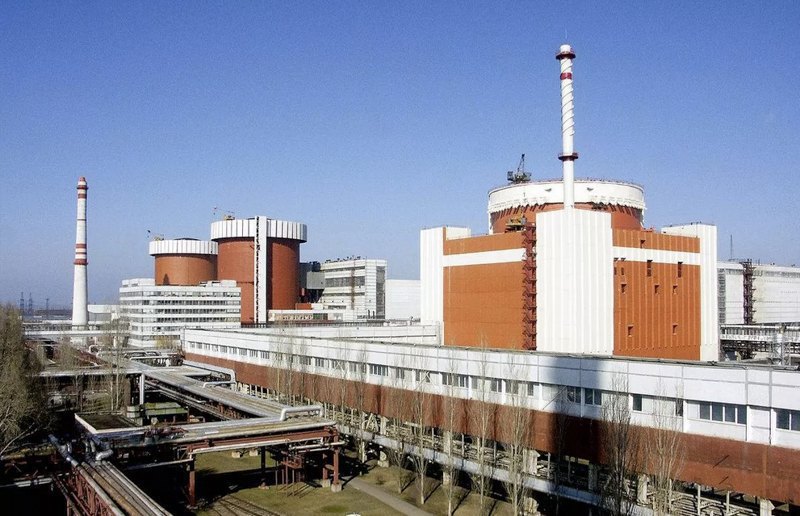
"This is not true, the block is working. The question is why it is being done. I think this question should be forwarded to the competent authorities, who should work with those people and ask why they are introducing Russian narratives into our media space," said Energy Minister Herman Halushchenko.
Earlier, the Centre for Countering Disinformation also called the report about the power unit's shutdown a fake. Instead, Ukrenergo confirmed this information in response to a written request from MP Yaroslav Zheleznyak. It was reported that the shutdown of one of the NPP units occurred on 15 July. The incident resulted in a sharp increase in the electricity deficit in the system. At the same time, the head of Ukrenergo, Volodymyr Kudrytskyy, refused to comment publicly on this information. He noted that it is not possible to talk about the situation at a particular energy facility during martial law.
Russian propaganda is indeed speculating about the incident at the South Ukrainian NPP. The Kremlin has started spreading lies that the Ukrainian authorities are allegedly hiding the scale of the consequences of the events of 16 July. In fact, nothing has happened to the nuclear reactor itself; it is currently operating as planned, and the radiation level at the industrial site of the South Ukrainian NPP is normal.
"There have been reports on the Internet about an alleged accident at the South Ukrainian Nuclear Power Plant (SUNPP), which is not true. In fact, there was an operational event. As a result of the failure of current transformers located at the 330 kV open switchgear, the power supply line was disconnected. As a result, power unit No.2 was disconnected from the grid by the operation of process protections. The SUNPP personnel established the causes of the operational event and took appropriate measures," SNRI Chairman Oleh Korikov explained.
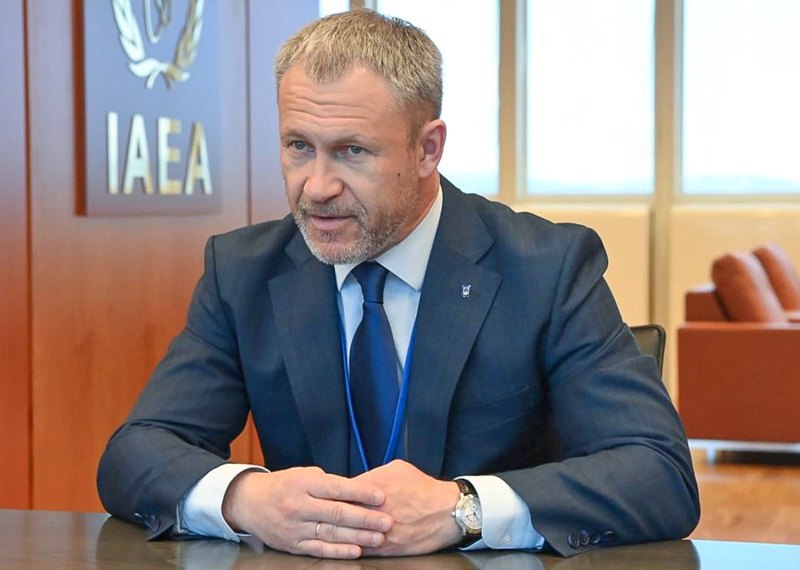
According to the International Nuclear Event Scale, this incident is classified as level zero. That is, it is insignificant and does not pose nuclear risks. At the same time, during the period of clarifying the circumstances of the events at the South Ukrainian NPP, Energoatom changed the head of the plant. The reasons for this decision were not disclosed.
"We understand that systems operating in abnormal conditions can fail. This is not a nuclear incident. Taking into account the peculiarities of the south and the fact that there were high temperatures, we are not immune to this - iron cannot withstand it," said Mykhaylo Honchar, an expert on international energy and security relations.
The President's plan to build 1 GW of power generation will not be implemented
The government has acknowledged that it will not be possible to restore all the facilities damaged or destroyed by Russia before the start of the heating season. And the preparation for the winter is significantly different from, say, 2022, precisely because of the scale of the consequences of Russian attacks. In total, Russians destroyed more than 9 GW of Ukrainian generation.
The Cabinet of Ministers does not disclose exact recovery plans for security reasons. However, it is clear that it will not be possible to completely overcome the electricity deficit in the system. But the Cabinet of Ministers has never made such promises. So there will be blackouts in the winter. The only debate is how long the blackouts will last, especially on days with severe frosts.

For example, DTEK, which produces electricity, urged Ukrainians to prepare for the winter and rely on their own strength, among other things. And the President's plan to build 1 GW of new gas-fired generation is being increasingly criticised.
"The plans to build 1 GW of new distributed generation this year are very unrealistic, so restoring the damaged capacities of TPPs, CHPs and HPPs before the start of the winter season is another important priority," said former Energy Minister Olha Buslavets.
Even the head of the National Commission for State Regulation of Energy and Utilities is sceptical about the president's plans. Valeriy Tarasyuk said that it was unlikely to build such a large amount of distributed generation by the end of the year.
Ukraine's attempts to negotiate an increase in electricity import limits from the EU look more realistic in preparing for winter. The European regulator has yet to make a decision, and the Cabinet of Ministers expects it by the end of August. This would allow us to bring in at least 500 MW more capacity for the winter.
We have the technical capabilities to transport it. And it looks like there are also capacities for production. For example, the Polish government has stated that the country is ready to burn coal at thermal power plants and produce electricity for Ukraine. And it will benefit not only Kyiv but also Warsaw. At the same time, the Polish government did not explain whether such plans include the construction of additional high-voltage lines.
"80% of the electricity produced in Poland is generated at thermal power plants that burn coal. The EU is aware of this. Therefore, they cannot have any questions. We should thank the Poles and say that we will be happy to receive this electricity if we have the right opportunities," said Hennadiy Ryabtsev, PhD in engineering and energy expert.
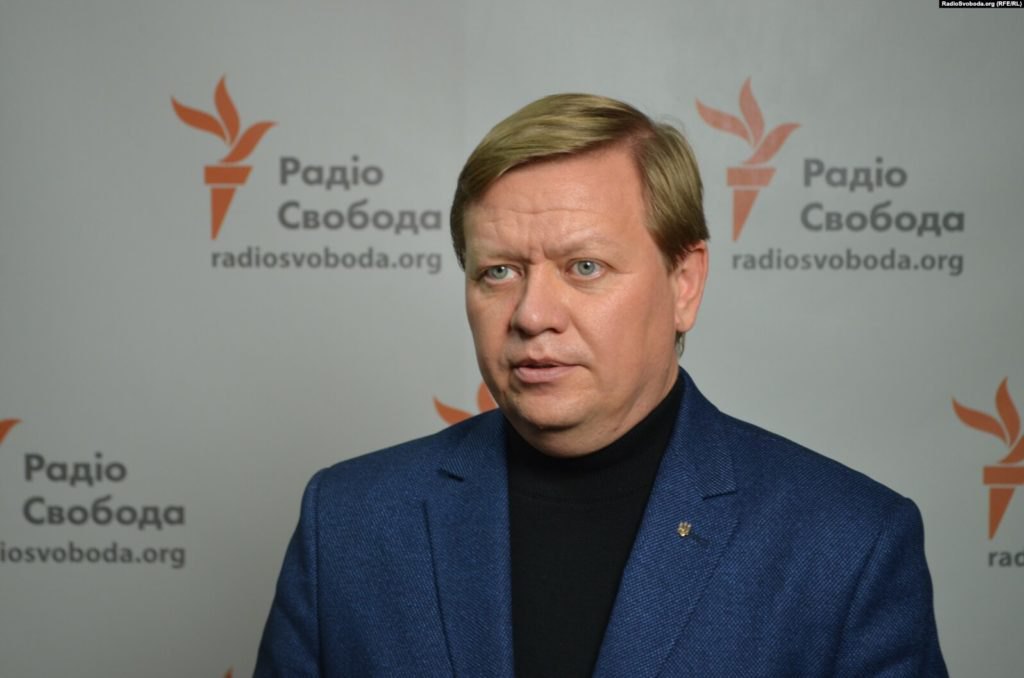
Poland proposed an interesting scheme to the European Commission: in exchange for generating electricity for Ukraine, they asked for the abolition of the environmental tax on coal combustion. Brussels replied that the request was accepted, but the Poles would still have to pay for their emissions.
Another idea, this time from the Moldovan government, did not move forward. Chisinau offered to place gas turbines on its territory. Ukraine would supply fuel for their operation and receive electricity in return. On the one hand, the equipment will be safe and will not be the target of Russian strikes. But on the other hand, it is unclear how powerful this generation will be.
"It sounds interesting, but the question is what the economic model will be. We have a 700 MW interconnection capacity with Moldova. We use quite a bit of it, no more than 200-250 over the past many weeks. There were situations when we did not import from Moldova at all, because they had increased consumption due to the heat wave and did not have free capacity," said Andrian Prokip.
But Moldova itself has problems with energy independence. The territory controlled by the constitutional authorities cannot provide itself with electricity. About 80% of electricity has to be bought. Most of it is traded with the Russian-controlled regime in Transnistria.
